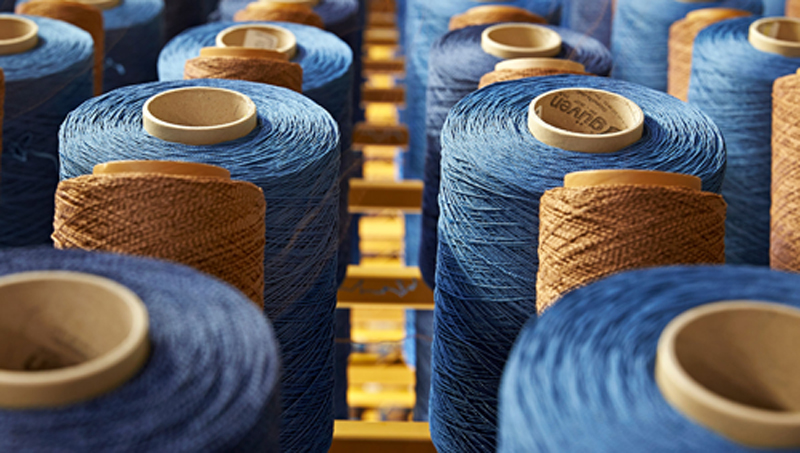
A Tale of Tradition and Quality
Handwoven carpets are not just products; they are stories woven into patterns, colors, and textures that reflect a rich cultural heritage. Each carpet is a unique piece of art, meticulously crafted by skilled artisans who pour their hearts into creating something beautiful and enduring. In this journey of craftsmanship, the choice of materials plays a pivotal role in the making of handwoven carpets.
Yarn: The Foundation of Beauty
The yarn is the primary material in carpet weaving and dictates the look, feel, and durability of the final piece. Artisans use a variety of materials for yarn, each bringing its own qualities to the carpet:
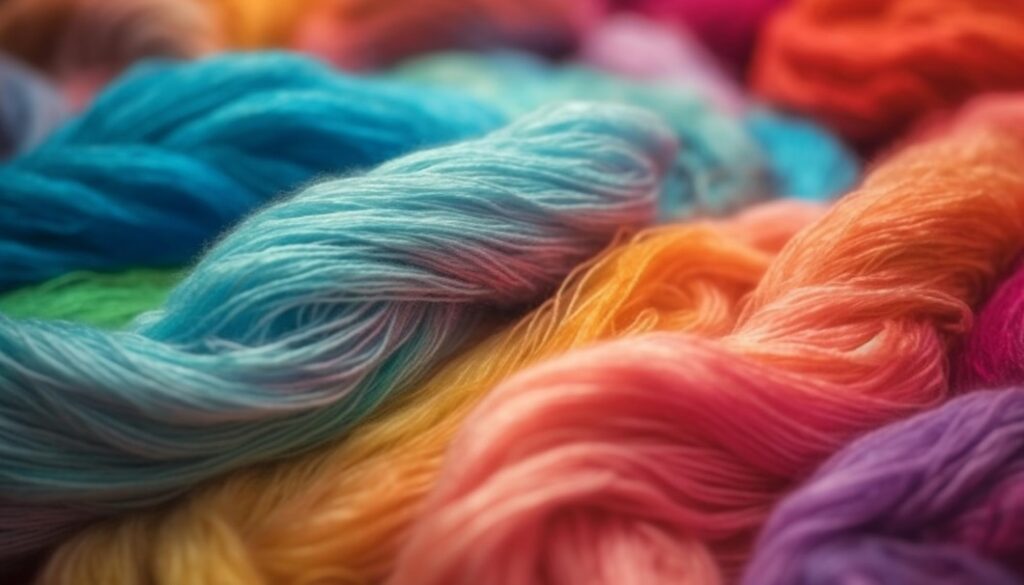
WOOL
Wool is a natural fiber that has been used for centuries in carpet weaving due to its durability, resilience, and insulating properties. It's sourced from sheep and is renowned for its ability to retain shape and resist wear and tear, making it an ideal material for rugs that are both functional and decorative.
In the process of making woolen carpets, the wool undergoes several stages, including shearing, cleaning, carding, spinning, and dyeing. The spinning of wool transforms the cleaned and carded wool fibers into yarn, which is then intricately woven into carpets. Wool's natural elasticity and strength contribute to the longevity and aesthetic appeal of the carpets
Weavers often prefer certain types of wool for their projects, such as those that are dense and sturdy, to ensure the rug can withstand foot traffic and maintain its appearance over time. Coarse plant fibers like sisal and hemp may also be used, but wool remains a popular choice for its luxurious feel and natural ability to regulate humidity in a room.
The art of carpet weaving with wool is a skillful craft that combines traditional techniques with the weaver's creativity, resulting in pieces that are not only practical but also embody cultural and artistic expression.
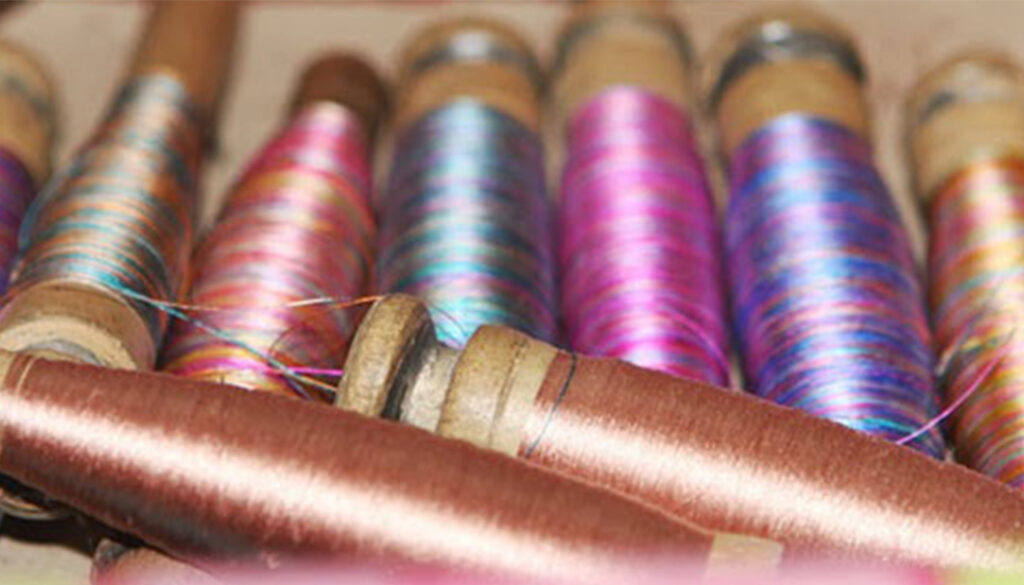
SILK
Silk, known for its lustrous sheen and exceptional strength, is a highly valued material in carpet weaving. Originating from ancient China, the art of silk carpet weaving has evolved into a symbol of luxury and craftsmanship.
The process of creating a silk carpet begins with the delicate task of reeling fibers from silkworm cocoons. These fibers are then spun into fine threads, which are prized for their natural gloss and texture. Silk's high tensile strength allows for extremely intricate designs that are not possible with other natural fibers.
In carpet weaving, silk is often used for both the warp and weft, allowing for a high knot density that results in detailed patterns and a smooth finish. The knotting techniques, such as the Persian and Turkish knots, are essential in this craft, enabling weavers to produce carpets with elaborate motifs and rich color palettes.
Silk carpets are celebrated for their vibrant colors, which are achieved through the use of natural or synthetic dyes. The dyeing process is crucial, as it must ensure colorfastness to prevent fading over time. The end result is a carpet that is not only visually stunning but also soft to the touch and durable enough to withstand years of use.
The tradition of silk carpet weaving is a testament to the skill and patience of the weavers. It continues to be a cherished art form, with each carpet telling a story of cultural heritage and meticulous artisanship.
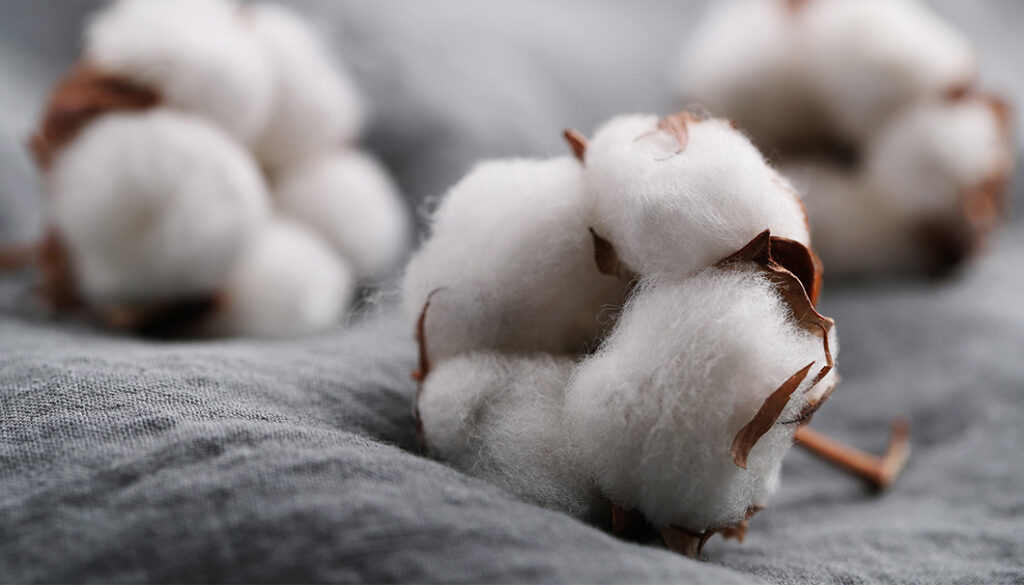
COTTON
Cotton is a versatile fiber that plays a significant role in the production of carpets, particularly as warp yarn due to its strength and durability. In carpet weaving, the warp forms the backbone of the carpet, onto which the weft is woven. Cotton's tight spin and minimal stretch make it an excellent choice for maintaining even tension during weaving, which is crucial for creating high-quality, durable carpets.
The use of cotton in carpets dates back centuries and remains popular due to its ability to withstand heavy foot traffic and its ease of care. Cotton fibers are also appreciated for their softness and the smooth surface they create, which can be particularly desirable in certain styles of rugs.
In addition to its role as warp yarn, cotton is sometimes used as weft, especially in the form of cotton rag yarn. This type of yarn contributes to the rug's texture and overall aesthetic. However, weavers often opt for sturdier materials like wool or synthetic fibers for the weft to ensure the carpet's longevity and resistance to wear.
The art of weaving carpets with cotton involves a meticulous process where the warp is set up on the loom, and the weft is carefully interlaced to create patterns and designs. This craft not only requires skill and precision but also an understanding of the materials to produce carpets that are both beautiful and functional.
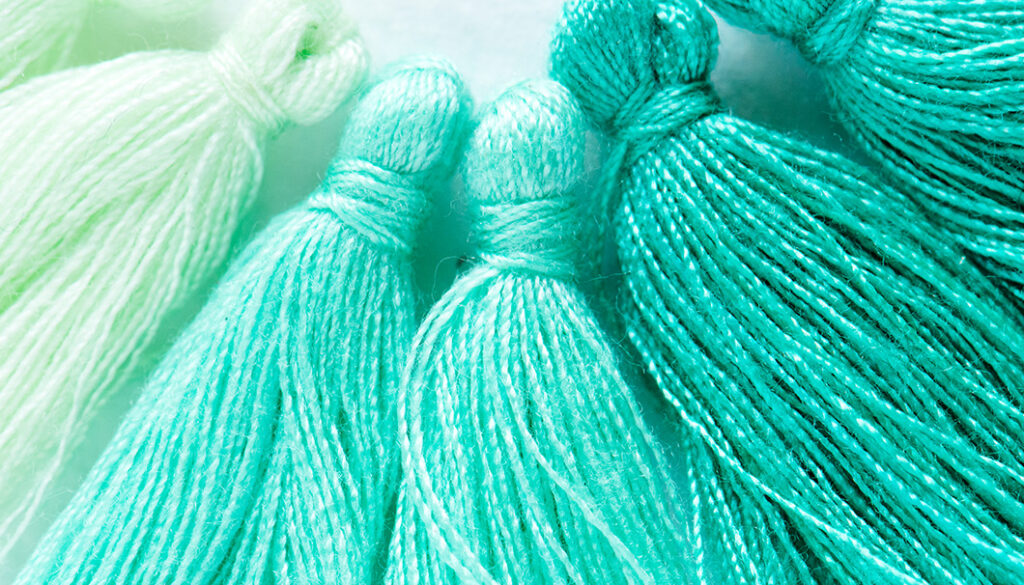
SYNTHETIC FIBERS
Synthetic fibers, such as nylon, polyester, olefin, and acrylic, are widely used in carpet weaving due to their cost-effectiveness and robust properties. These man-made fibers are engineered to offer specific advantages over natural fibers, including enhanced stain resistance, colorfastness, and durability against wear and tear.
- Nylon, for instance, is celebrated for its high resiliency and ability to bounce back, making it suitable for heavy-traffic areas. It's a strong fiber that translates into a very durable carpet, though it is less stain-resistant compared to other synthetics.
- Polyester is known for its softness and high stain resistance, often considered for low- to medium-traffic areas like bedrooms and home offices. Modern advancements have improved its durability, and it's frequently made from recycled materials, adding an eco-friendly aspect to its use.
- Olefin (polypropylene) offers extreme stain resistance and is particularly effective against moisture, making it a good choice for damp areas or for outdoor carpets. However, it is the least durable among the common synthetic fibers used in carpets.
- Acrylic resembles wool and is used in both woven and tufted carpets. It provides warmth and resilience, wears well, and can be cleaned easily, although it tends to soil more readily than other synthetic fibers.
The carpet weaving process with synthetic fibers involves setting up the warp, which is often made of these strong synthetic yarns, and then weaving the weft to create various patterns and designs. The result is a carpet that can withstand significant use while maintaining its appearance and functionality over time. Synthetic fibers have revolutionized the carpet industry, offering consumers a wide range of options that cater to different needs and preferences.
Crafting a Legacy
Each handwoven carpet is a testament to the time-honored techniques and materials that have been passed down through generations. From the selection of the finest yarns to the careful application of natural dyes, every step in the process is carried out with precision and care. The result is a carpet that's not only a decorative piece but also a durable and sustainable choice for any home.
By choosing a handwoven carpet, you're not just purchasing a product; you're preserving a legacy and supporting a craft that embodies the beauty of human creativity and the spirit of tradition.
